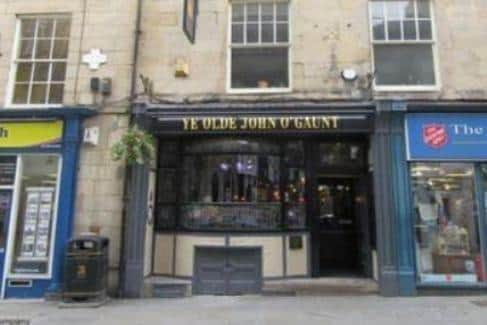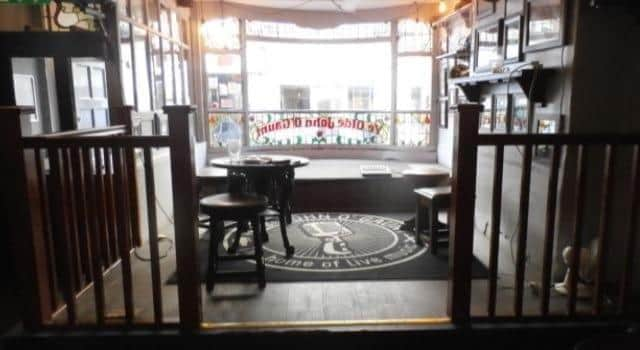Lancaster pub set to discover fate in fight to save its live music stage
and live on Freeview channel 276
We reported in October how the John O'Gaunt in Market Street had launched a campaign to save its new stage after the council told them to remove it.
Around 1,500 people signed an online petition in a bid to get the order reversed, while hundreds of pounds were also raised to help with the cost of any modifications that may be required.
Advertisement
Hide AdAdvertisement
Hide AdLandlady Claire Topmlinson had the stage installed last year in a bid to provide better and safer viewing for customers when bands are performing.


But Lancaster City Council said it had to be removed or enforcement action would be taken.
The John O'Gaunt is a Grade II listed building, meaning it is of historical interest and importance.
The venue has applied for listed building consent to retain the stage, but the council's conservation team says it damages the character of the 19th century pub.
They have recommended that the application be refused.
Advertisement
Hide AdAdvertisement
Hide Ad

Councillors will make a final decision at a planning committee meeting at Morecambe Town Hall on Monday January 29.
The council has received 205 letters calling for the stage to be saved from members of the public, saying it has improved live music performances, safety and accessibility at the John O'Gaunt.
A council report says: "Whilst the council is broadly supportive of the local pub and live music scene recognising the benefits that this has to the community and local economy, it is considered that the stage is a poor quality and unsympathetic addition which negatively affects the internal character and special interest of the listed building.
"This harm is not considered to be clearly and convincingly justified, and not outweighed by the limited public benefits.
Advertisement
Hide AdAdvertisement
Hide Ad"The appearance and size of the stage are the key contributors to this identified negative effect.
"The positioning of the stage is considered to prevent full legibility and function of the bow window frontage as an interior space, including via negative impacts on the glazed entrance screen and flanking fireplace (chimney breast).
"Whilst it is recognised that other parts of the interior have been somewhat changed and refurbished over the years and that the stage is relatively low-rise, this front part of the public house was previously on a single level with no balustrades or raised areas, and has been relatively unchanged over recent years.
"The stage is also located at the front of the building so is seen on entry and also against the characterful stained glass bow window altering the listed building’s spatial and visual character.
Advertisement
Hide AdAdvertisement
Hide Ad"The Conservation Team also identified a risk of damage to the decorative stained glass bow window due the stage’s proximity to it.
"There is also further harm to the significance of the building via the inappropriate material palette and detailing (in particular the stage flooring material and balustrades), which are not of an appropriate quality and appearance in the context of the listed building and visually affect the interior ensemble."